If you want to know about the history and development of gardening in India or landscape garden or landscape elements, please click the link.
Planning a landscape garden requires careful consideration of several factors to ensure that the end result meets your needs and expectations.
- Growing ornamental plants to decorate indoor and outdoor area is called landscape gardening.
- Gardening is one of the most important division in horticulture.
- Landscape garden is a place where ornamental plants are grown with non- living elements mainly for recreation.
- Landscape garden is a planned place where people can relax and enjoy. Garden is created both natural and man-made materials.
- A Garden helps us to maintain clean and beautiful surroundings and also gives us a regular exercise.
- Foliage plants, flowering annuals, biennials, perennials, climbers, succulents, cacti, palms, ferns, etc., are grown in gardens to have a good scenery in these places. Gardening improves the aesthetic value of the locations.
- The common forms of garden are public gardens, fruit garden, vegetable garden and residential garden.
- Among all of these landscape garden increase the peace, beauty of the surroundings.
1) Planning a landscape garden
While planning a garden the following points should be taken into consideration.
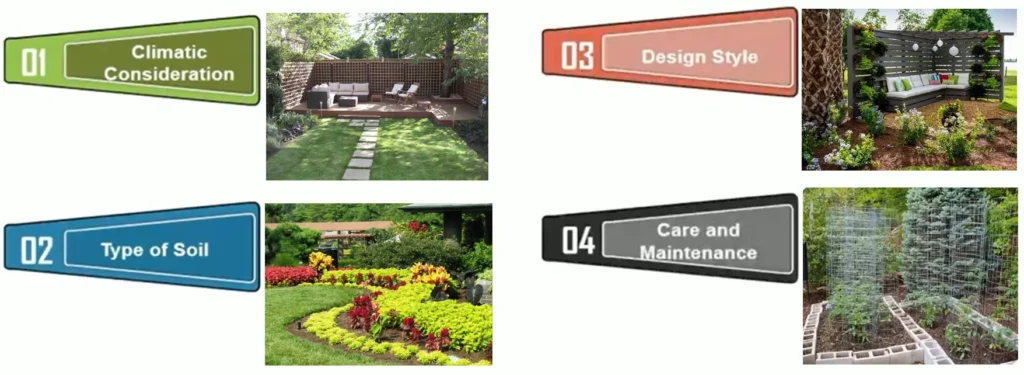
- Climatic consideration
- Type of soil
- Design style
- Care and maintenance
i) Climatic considerations
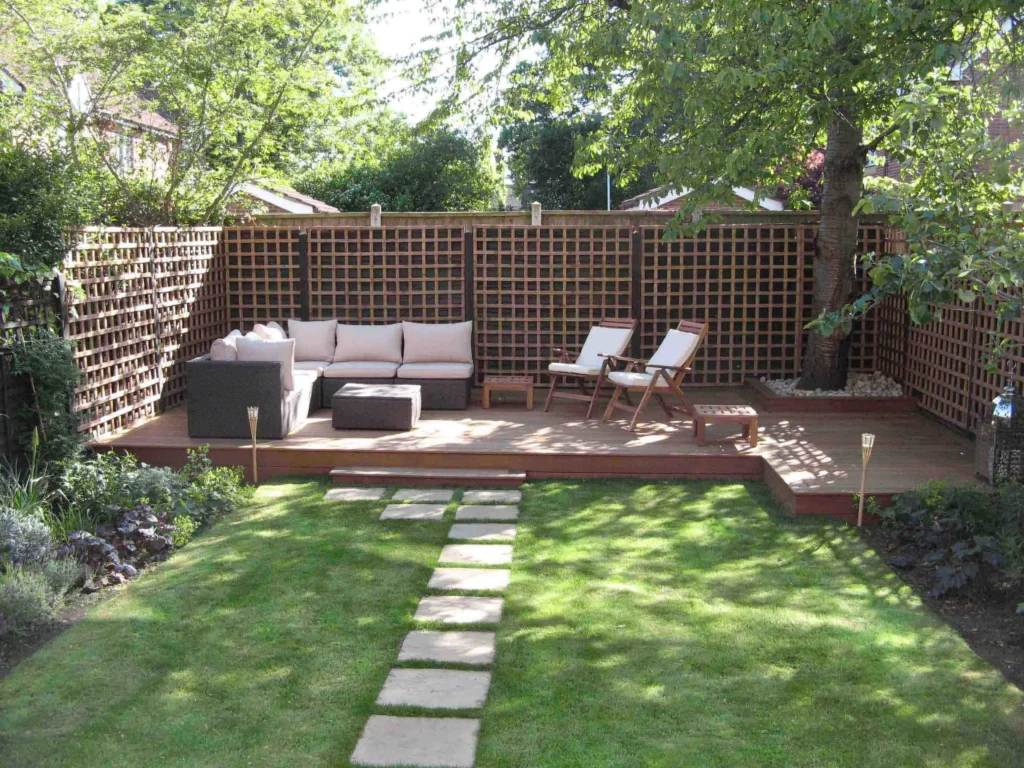
- The annual rainfall, temperature, frost, etc. should be considered while making a design of gardens.
- City is usually warmer and more sheltered all year round than the rural areas.
- Coastal regions are vulnerable to salt – laden winds. So suitable plants should be selected according to the general climate of the area.
ii) Soil considerations
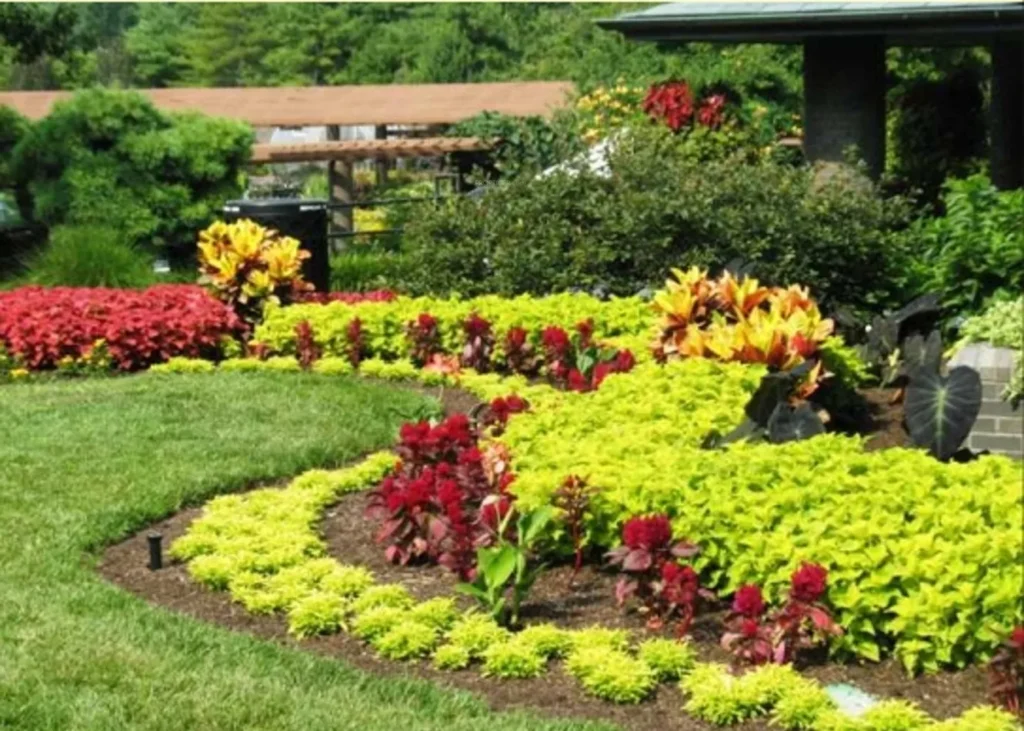
- Plant growth essentially depends on soil type, drainage, soil texture and soil pH.
- Therefore, the soil should be surveyed properly before choosing plants to grow in the area.
iii) Design considerations
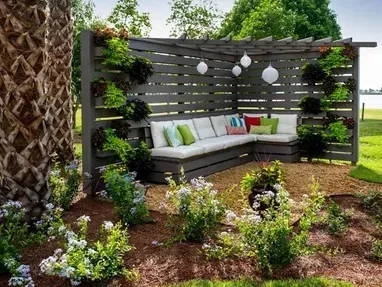
- While designing a garden its immediate surrounding is considered rather than in isolation. A more detailed plan may be drawn, showing good and bad views, the direction of prevailing winds, and shelter.
- If there is frequent noise, it should be checked by growing evergreen trees along the margin of the garden. The garden should be viewed from the street or from the front door of the house. The existing area should be minimum but enriched with plants.
- Foundation areas should be allotted for attractive shrubs and herbaceous perennials because these areas receive primary attention of viewers.
- Outdoor living areas should be away from the garden, especially on either side of the house. They should be separated from the garden by erecting fences or shrubs.
iv) Maintenance considerations
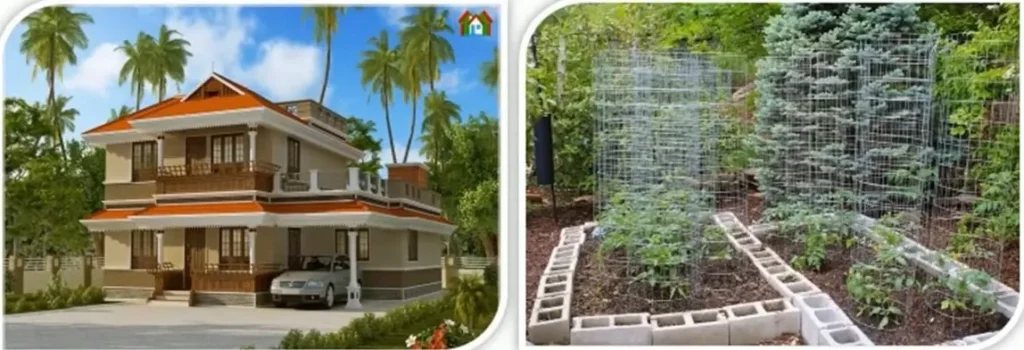
- All gardens, even if informal or wild, need some care and attention to keep them in good condition. Before deciding on a design, be realistic about the manpower required for making the garden. Choose the plants that need less care.
- In South INDIA, home landscapes are planned to provide enough shade to the homelands because light intensity is high in this area.
- Further, the homeland is judiciously assigned for outdoor living, vehicle parking, children play and others to avoid the interference of the garden area. Separate areas are also allotted for growing sacred flowers, vegetable gardening and flowers for personal decorations.
2) Planting Operations
The planting operations involve the following steps:
- Hedges and edges are planted in linear system.
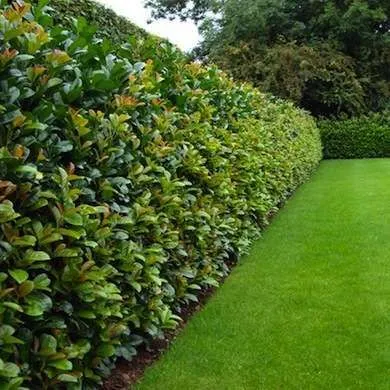
- Trees are planted in square system or rectangular system or hexagonal system or diagonal system or triangular system.
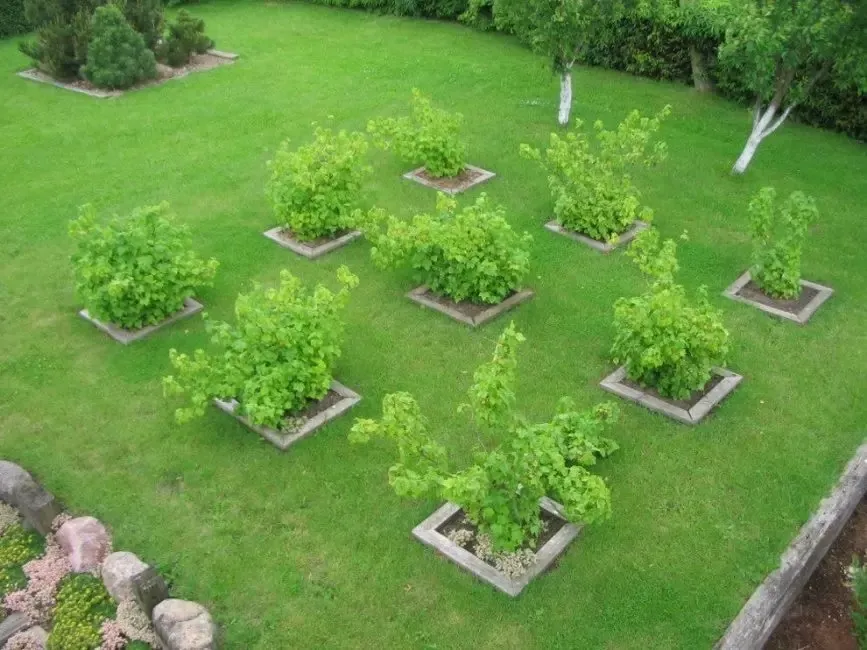
- Boarders are grown along the sides of foot paths.
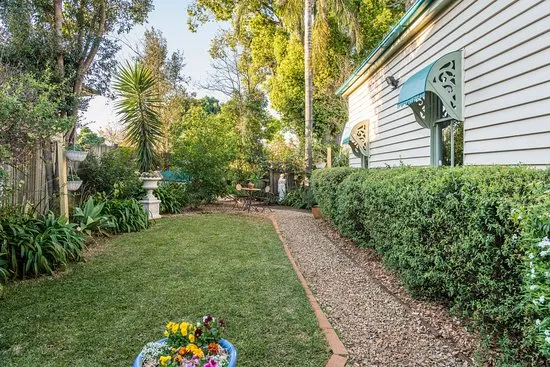
- Arche is erected at the entrance of the garden.
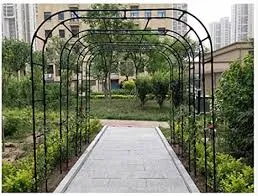
- Pergolas are created over the foot path.

- Rockery is created at an elevated place.
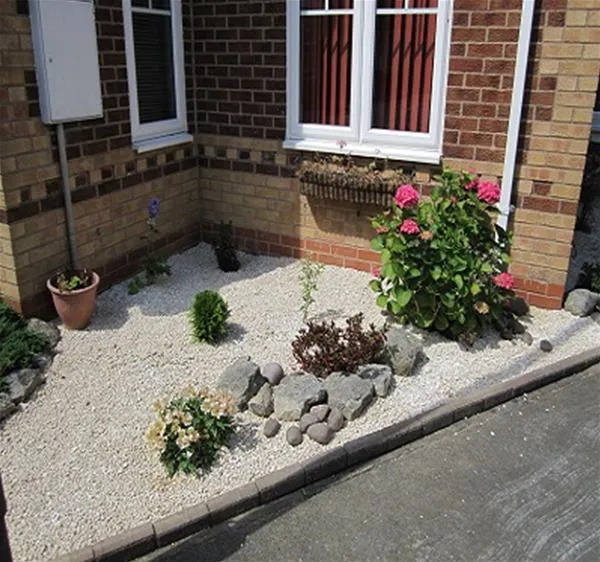
- Shrubs, flower beds and lawn are grown at suitable locations in the garden.
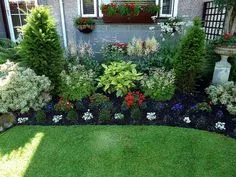
- Climbers and creepers are planted near the walls, pillars, arches and pergolas and allowed to grow over them.
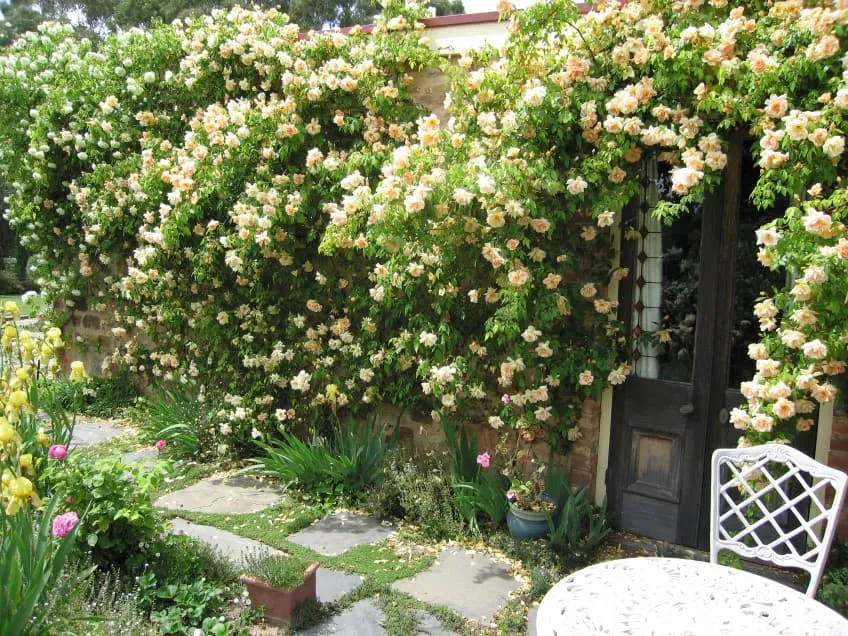
- A greenhouse is constructed in a suitable location in the garden.
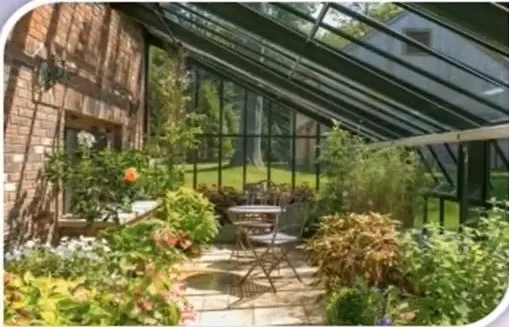
- Sunken garden is established in natural depression.
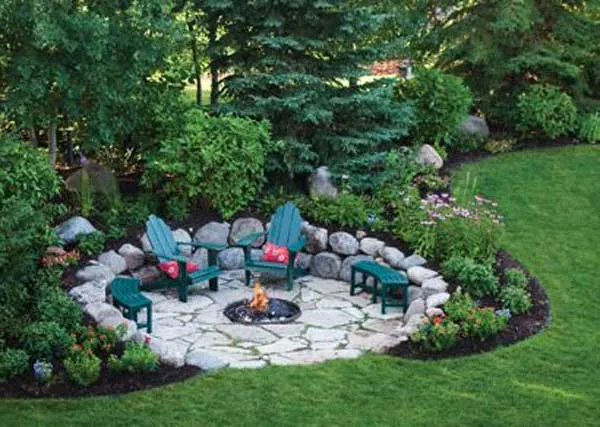
- Water garden is established in water pools.
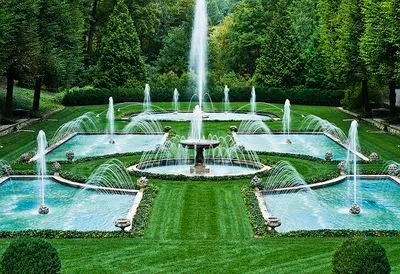
- Trophy is made on slopes.
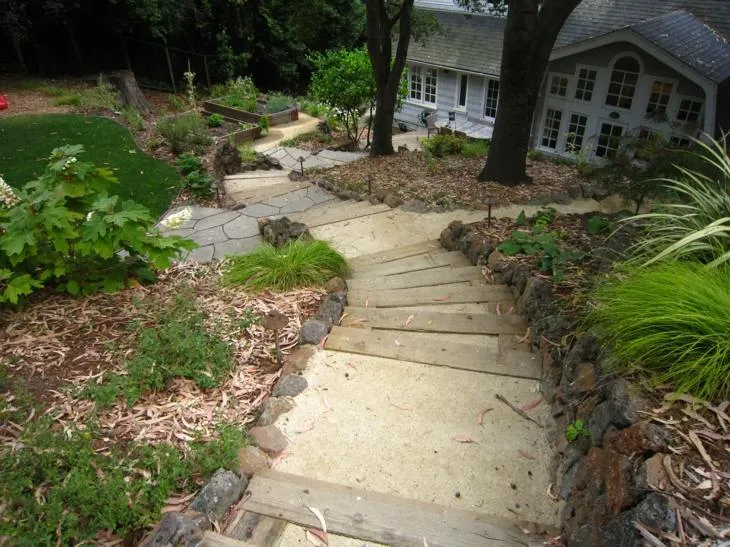
- Ground forms, structures and plants should be organized into a pleasing composition.
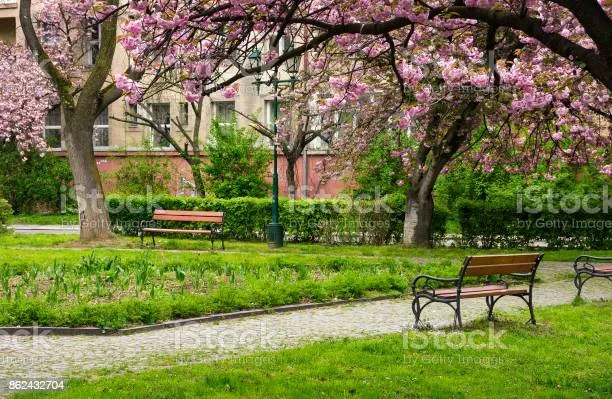
- Shade trees should be planted in suitable places to protect shade loving plants in the garden.
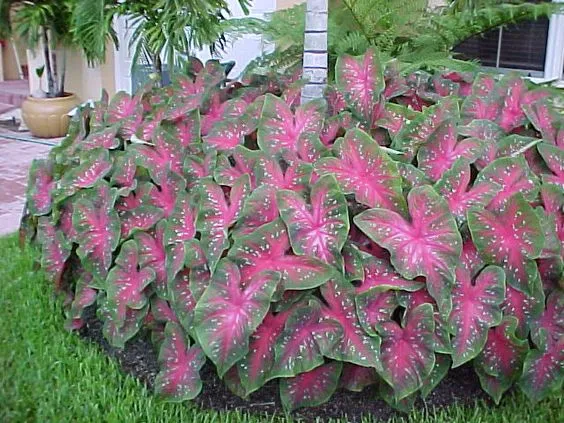
3) Styles of landscape garden
There are two different basic styles
- Formal style
- Informal style
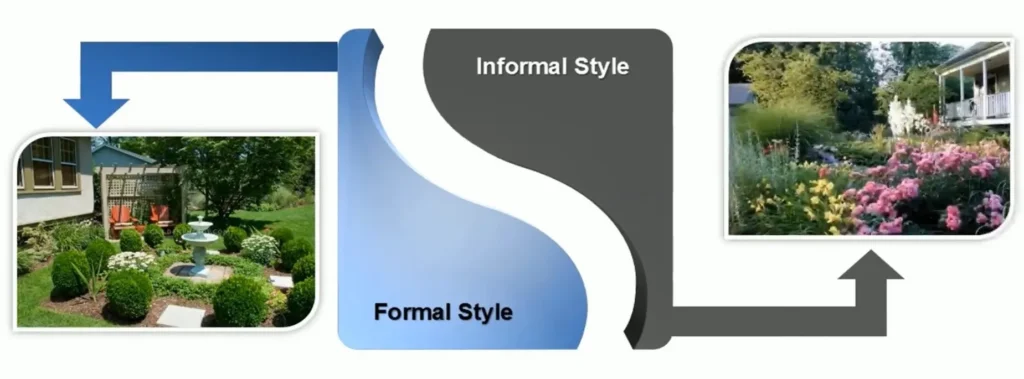
i) Formal style garden
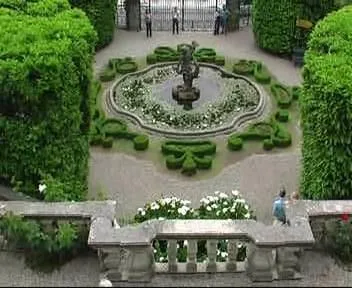
- The elements are arranged in a very formal way. This is also called as Moghul style.
- Formal gardens are a perfect symmetry in the design.
The main features of formal garden are
- The layout is symmetric and roads cut at right angles.
- Enclosure or boundary around the garden.
- Flowerbeds are geometric design
- Fountain, pools, cascade are main elements.
- The seasonal flowerbeds are in geometrical patterns. The flowers include jasmine, carnation, hollyhock etc.,
- Baradari is an important feature in formal garden. It is an Arbour – like stone and masonry with a roof and raised platform for sitting.
- These gardens are created around a Tomb or Mosque
- The main disadvantage of formal garden is suitable for government and large buildings. Present day home gardens can be laid out in frontage.
ii) Informal style
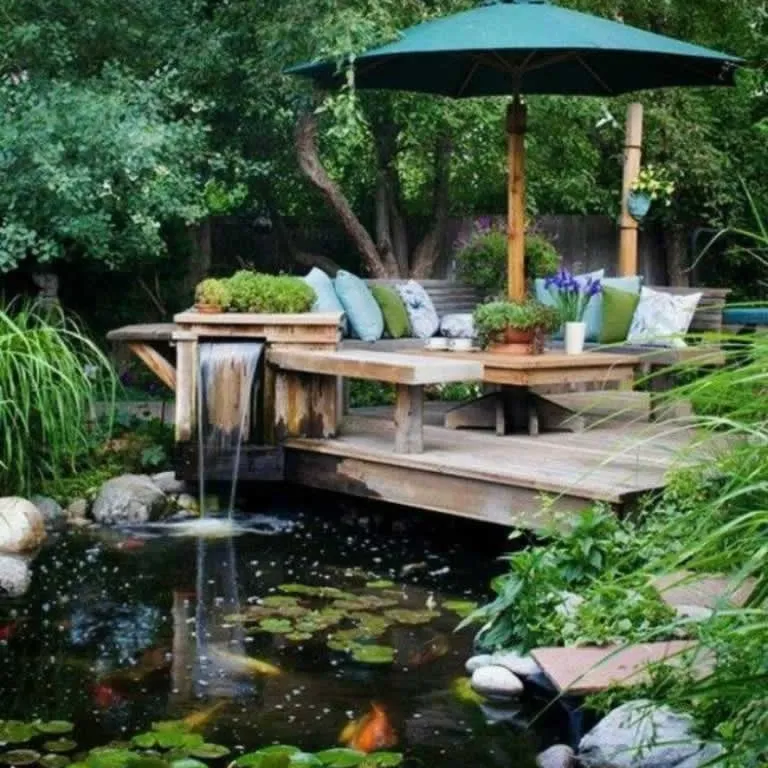
- The elements are arranged in informal way. The garden looks very natural.
- This is also called as British style of landscape gardening.
- There is no symmetry anywhere in the informal style. Also, there is no repetition.
- Elements like umbrellas, seats, cascade, rockery, water pool, etc., are used.
The features are
- Natural
- Asymmetric
- Irregular arrangement of water bodies
- Have no trimmed plants or the borders
- The paths are curved or wavy
- Waterfalls, lakes, rocks, huts, and umbrella are scattered
- No restriction in the arrangements of garden elements and adornments.
By following these steps, you can create a beautiful and functional landscape garden that meets your needs and enhances the outdoor living spaces of your home.